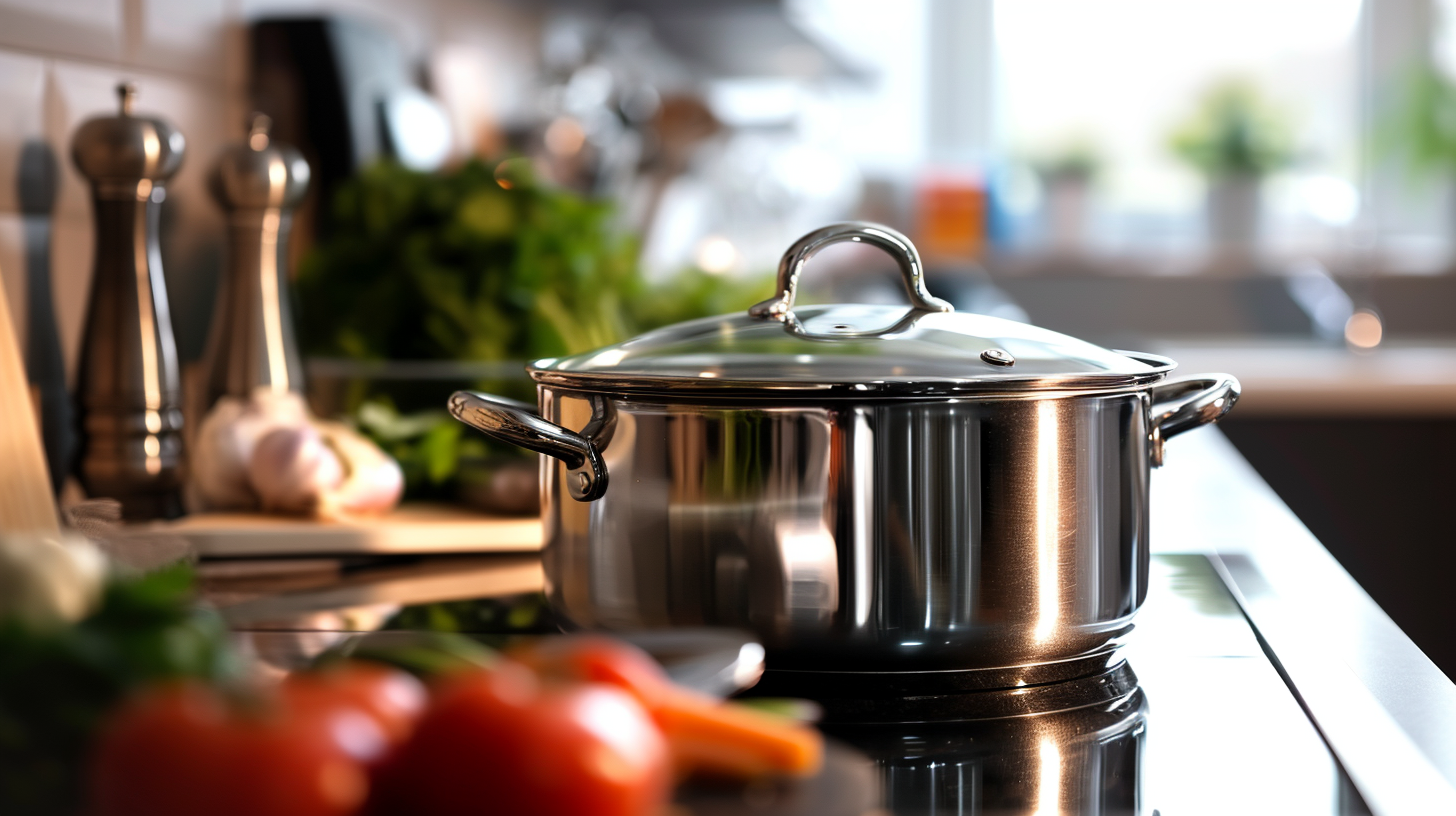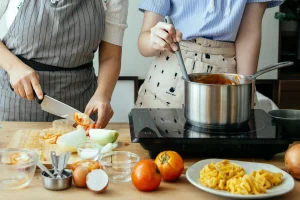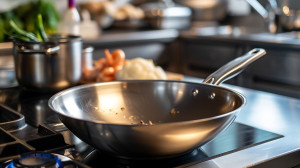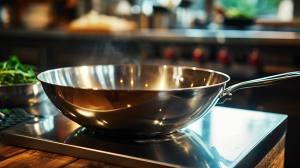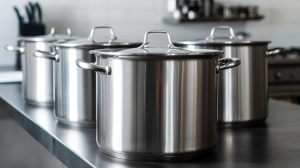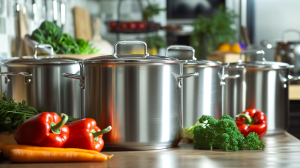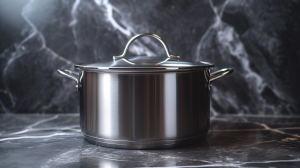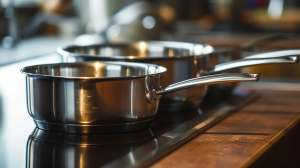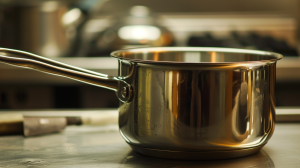Introduction
When it comes to supplying top-quality kitchenware for cooking delectable soups, the choice of the right pot is crucial. However, navigating through the myriad of options can be a daunting task for our customers when deciding on the appropriate material for their soup pots. The material not only plays a significant role in influencing the cooking performance and longevity of the pot but also has a direct impact on the overall cost. In this informative resource, we aim to provide a comprehensive exploration of the various materials commonly employed in the construction of soup pots. Our objective is to assist you, as a wholesaler, in making well-informed decisions by considering the materials and costs associated with your next bulk purchase of soup pots.
Stainless Steel Soup Pots
Stainless steel soup pots are a popular choice due to their durability and versatility. They are resistant to rust, staining, and corrosion, making them suitable for long-term use. The cost of stainless steel soup pots can vary depending on factors such as quality, and additional features like encapsulated bottoms for even heat distribution.
Non-Stick Soup Pots
Non-stick soup pots are ideal for those who prefer easy cooking and cleaning. These pots have a non-stick coating that prevents food from sticking, making them a breeze to clean. The cost of non-stick soup pots can vary based on the type and quality of the coating, with higher-end options often commanding a higher price.
Cast Iron Soup Pots
Cast iron pots have been used for generations due to their excellent heat retention and distribution. They are perfect for slow-cooked soups and stews. While cast iron soup pots can be more expensive compared to other materials, their durability and ability to retain heat make them a worthwhile investment.
Ceramic and Porcelain Soup Pots
Ceramic and porcelain soup pots offer excellent heat distribution, ensuring even cooking throughout. These pots also have an attractive appearance, making them suitable for serving soup directly at the table. The cost of ceramic and porcelain soup pots can vary based on factors like enamel coatings, and designs.
Copper Soup Pots
Copper soup pots are preferred by professional chefs and cooking enthusiasts for their unmatched heat conductivity and precise temperature control. The cost of copper soup pots can be higher due to their superior quality and craftsmanship. However, the thickness of the copper and the level of craftsmanship can also influence the pricing.
Factors Influencing Soup Pot Wholesale Cost
In addition to the material, several factors can impact the cost of soup pots.
Material
The material used in the construction of a soup pot is one of the primary factors that affects its cost. Different materials such as stainless steel, non-stick coatings, cast iron, ceramic, porcelain, and copper come at varying price points. Each material has its own benefits, such as heat distribution, durability, and non-stick properties, which can influence the overall cost.
OEM/ODM
OEM and ODM services are essential many times. Customers can customize the cookware from multiple angles, such as customizing handles, customizing lids, customizing soup pot sizes, and printing logos.
Package
Packaging is also one of the factors that affects the price. Exquisite outer packaging allows end customers to quickly remember our brand and highlight our brand characteristics. But this will increase wholesale prices. Ordinary outer packaging has little impact on the price, but it will lose the expressiveness of the brand and reduce the end customer’s perception of us.
Quality
Good quality soup pots are usually made using higher quality materials and through more rigorous craftsmanship and testing processes. These will lead to an increase in wholesale prices. On the contrary, the quality of the soup pot is not so good, the materials used, the technology and testing are not so good, and the cost is relatively low.
Finding the Best Price
To find the best price for your soup pot, it’s essential to compare prices from various manufacturer. Consider the factors mentioned above. Additionally, keep an eye out for delivery date, certificate, or capacity that can help you snag a great deal.
We will give readers a reference price from the manufacturer’s perspective.
stainless steel soup pots: $5-$20. Depending on the quality, the dimensions will fluctuate within this range.
aluminum soup pots: $10-$20.
copper soup pots: about $50. The price of copper itself is relatively high, so the price of a copper soup pot will be higher than that of a soup pot made of other materials. Generally used in high-end environments.
granite coating soup pots: $5-$15.
cast iron soup pots: $10-$20.
Conclusion
Selecting the optimal material for your soup pots is a pivotal decision for consistently delivering high-quality products. Taking into account crucial factors such as durability, cooking performance, and cost will guide you towards making well-informed choices. Whether you decide on stainless steel, non-stick, cast iron, ceramic, porcelain, or copper soup pots, a comprehensive understanding of the materials and their associated costs empowers you to choose the most fitting option that aligns with both your procurement needs and budget. As a manufacturer, we offer a diverse range of soup pots and OEM/ODM service to cater to your specific needs, ensuring you have access to a variety of options to meet the demands of your customers.









